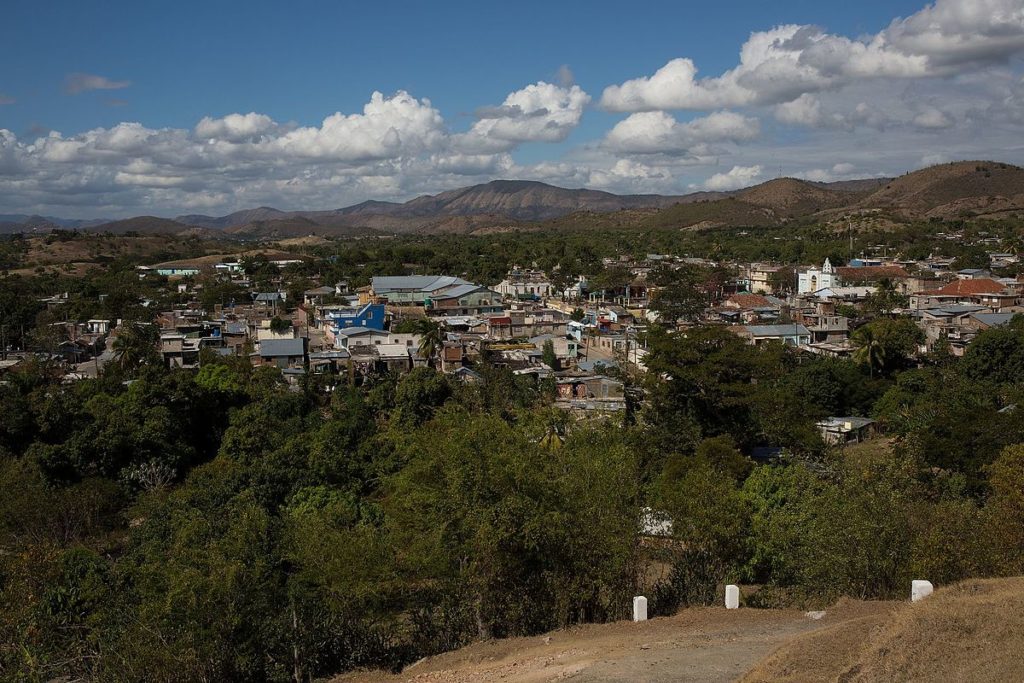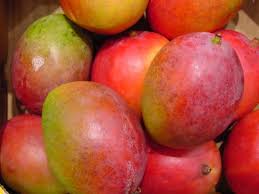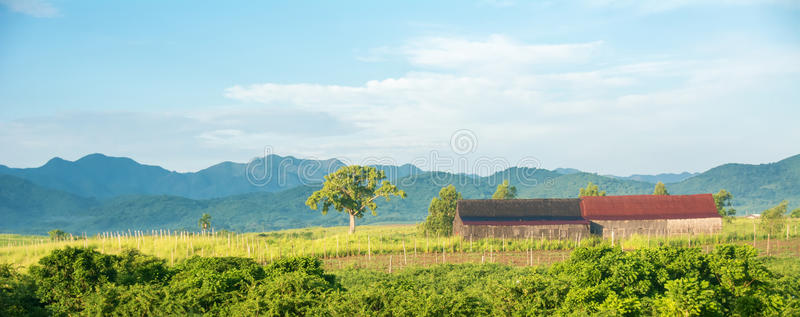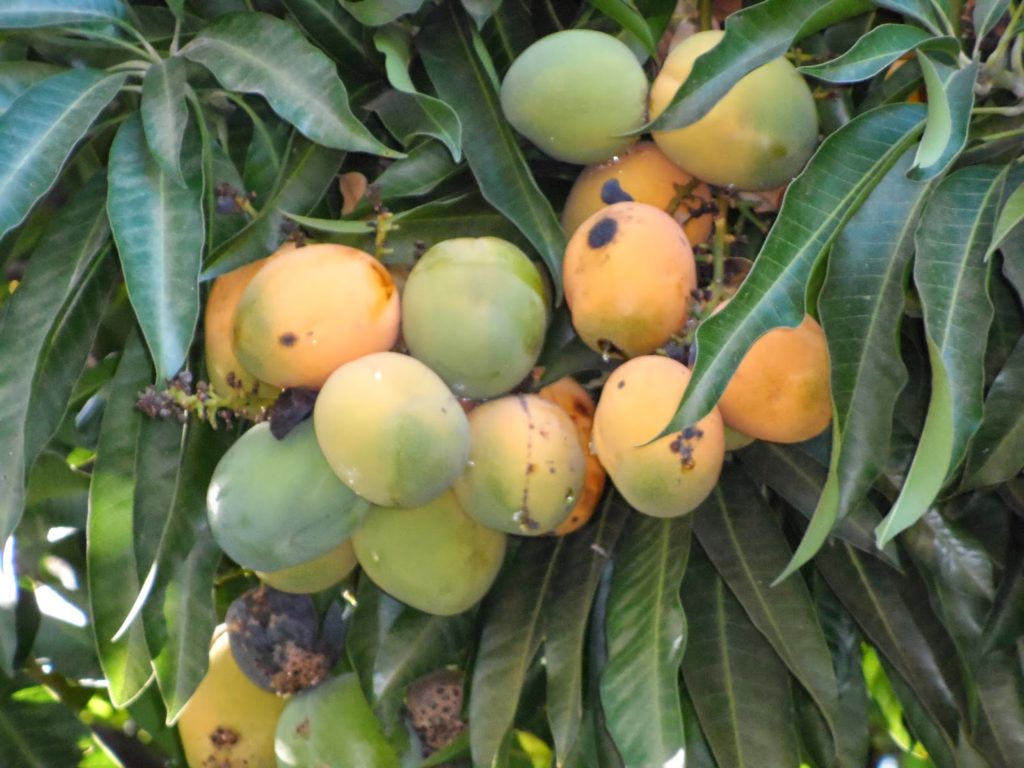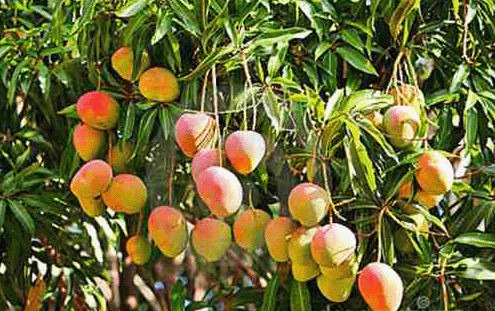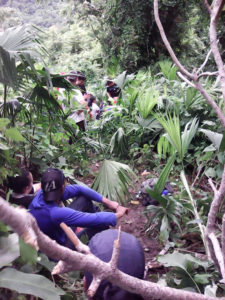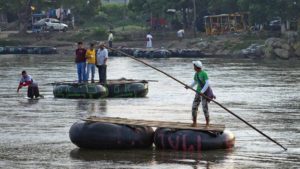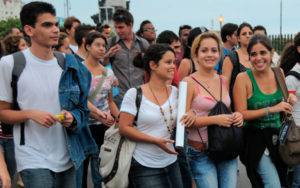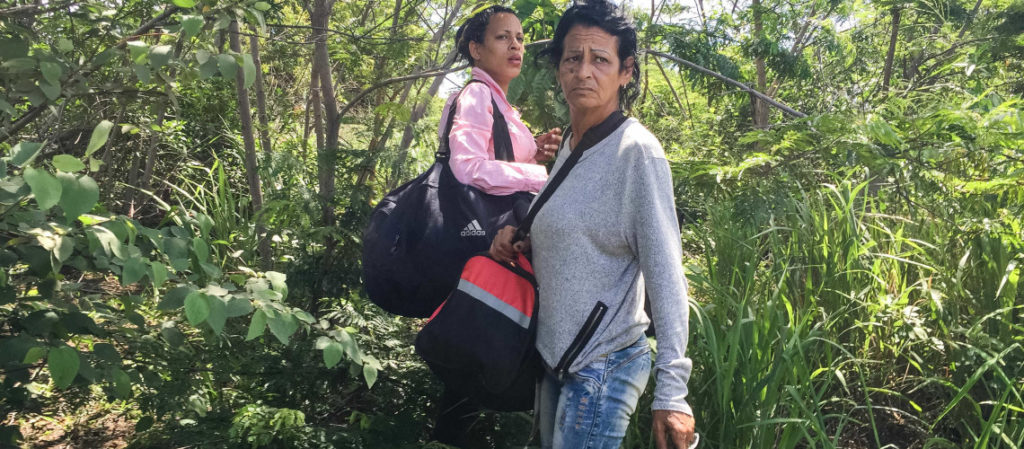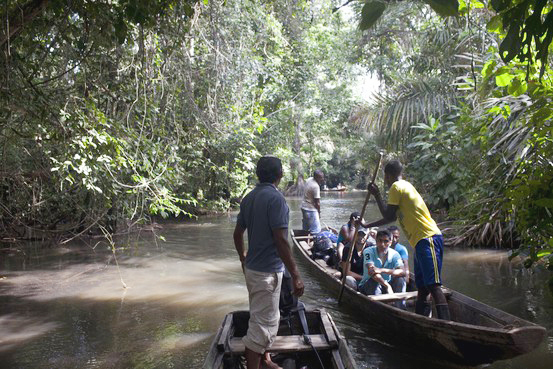 ANA DE ARMAS, AN ACTRESS THAT SPAIN LAUNCHED TO THE INTERNATIONAL PROJECTION.
ANA DE ARMAS, AN ACTRESS THAT SPAIN LAUNCHED TO THE INTERNATIONAL PROJECTION.
The series of television in Spain has been a great quarry of actors with international projection. If “Al Salir de Clase” we discovered Elsa Pataky, who has been involved in several titles of ‘Fast & Furious’, one of the highest grossing sagas of all time; ‘El Internado’ launched actresses with a spectacular projection, among them to the Cuban actress Ana de Armas, who rose to fame in Spain first and now chains projects in the United States.
In 2011, Ana de Armas had been in the contest presenting “La Piel que habito” by the hand of Pedro Almodóvar. So we had enough ingredients to think that I was going to pack like other of our actors who also worked with the Manchego director, like Antonio Banderas or, before him, Assumpta Serna.
Ana de Armas has followed a very different path … The actress arrived in Spain, coming from her native Cuba, leaving behind her family, to whom she does not see everything she would like, but with whom she is still in contact, to get his dream: “There I could not have done so many things. Today I would still be there, with a much more closed mind, more limited in many aspects, without learning anything, not half of what I know now, “the actress declared at ’20 minutes’.
The actress premiered two films in 2007, the Cuban ‘Madrigal’ and the Spanish ‘Una rosa de Francia’, barely a month apart, but it was ‘El internado’, that same year, which gave her a spectacular popularity. His public persona, however, took on a greater dimension when his engagement with actor Marc Clotet, son of one of the great world eminences in the research on AIDS, Dr. Bernabé Clotet, came out. They started dating in the summer of 2010 and got married in an intimate ceremony on the Costa Brava a year later.
The marriage between Ana de Armas and Marc Clotet can be called a failure, if we stick to its duration. In October 2012 the alarms were already jumping because the actress did not wear the wedding band. What was happening? Since June they had not managed to capture any image of both together, but had to wait until the Goya the following year for the actor to confirm the separation: “Yes, we have broken.” He did not give more explanations.
Then began the takeoff of the actress internationally. First came ‘The daughter of God’, along with Keanu Reeves; then ‘Hands of Stone’, with Robert De Niro; ‘Game of arms’, next to Jonah Hills, and ‘Overdrive’, with one of the handsome Hollywood officers, Scott Eastwood, son of Clint Eastwood. His great opportunity came with ‘Blade Runner 2049’, continuation of the legendary film by Ridley Scott, which did not exceed the expectations of criticism or box office, but that served to place on the map of Hollywood.
Precisely during the promotion of the film, in October of last year, Ana de Armas invited Los Angeles to one of her great Spanish friends, Elena Furiase, whom she met on the set of ‘El internado’. A few days of triumph for one and shared joy for the other. Lolita’s daughter was not in the best moment of her career precisely and in 2015 she had traveled to Miami to try to realize projects that never came.
Ana, who currently lives in Los Angeles, has not stopped since then … In August premiere of ‘Three Seconds’, by Italian Andrea di Stefano, and is linked to two very powerful projects: a romantic comedy directed by Danny Boyle, creator of ‘Trainspotting’ and ‘Slumdog Millionaire’, and ‘The Night Clerk’, along with Helen Hunt, winner of the Oscar for ‘Best impossible’. The title of this film comes to the actress who did not even painted, by the way …
 ANA DE ARMAS, UNA ACTRIZ QUE ESPAÑA LANZÓ A LA PROYECCIÓN INTERNACIONAL.
ANA DE ARMAS, UNA ACTRIZ QUE ESPAÑA LANZÓ A LA PROYECCIÓN INTERNACIONAL.
Las series de televisión en España han sido una gran cantera de actores con proyección internacional. Si ‘Al salir de clase’ nos descubrió a Elsa Pataky, quien ha intervenido en varios títulos de ‘Fast & Furious’, una de las sagas más taquilleras de todos los tiempos;
‘El Internado’ lanzó actrices con una proyección espectacular, entre ellas a la cubana Ana de Armas, que saltó a la fama en España primero y ahora encadena proyectos en Estados Unidos.
En 2011, Ana de Armas había estado en el certamen presentando ‘La piel que habito’ de la mano de Pedro Almodóvar. Así que teníamos los ingredientes suficientes como para pensar que iba a hacer las maletas como otros de nuestros actores que también trabajaron con el director manchego, como Antonio Banderas o, antes que él, Assumpta Serna.
Ana de Armas ha seguido un camino muy diferente… La actriz llegó a España, procedente de su Cuba natal, dejando atrás a su familia, a la que no ve todo lo que le gustaría, pero con la que sigue muy en contacto, para conseguir su sueño: “Allí no hubiese podido hacer tantas cosas. Hoy estaría allí todavía, con una mente mucho más cerrada, más limitada en muchos aspectos, sin aprender nada, ni la mitad de cosas que sé ahora”, declaraba la actriz a ’20 minutos’.
La actriz estrenó en 2007 dos películas, la cubana ‘Madrigal’ y la española ‘Una rosa de Francia’, con apenas un mes de diferencia, pero fue ‘El internado’, ese mismo año, la que le proporcionó una popularidad espectacular. Su personaje público, sin embargo, cobró una mayor dimensión cuando trascendió su noviazgo con el actor Marc Clotet, hijo de una de las grandes eminencias mundiales en la investigación sobre el sida, el doctor Bernabé Clotet. Comenzaron a salir en el verano de 2010 y se casaron en una ceremonia íntima en la Costa Brava un año después.
El matrimonio entre Ana de Armas y Marc Clotet puede tildarse de fracaso, si nos atenemos a su duración. En octubre de 2012 ya saltaban las alarmas porque la actriz no lucía la alianza de casada. ¿Qué estaba pasando? Desde junio no se había logrado captar ninguna imagen de ambos juntos, pero hubo que esperar hasta los Goya del año siguiente para que el actor confirmara la separación: “Sí, hemos roto”. No dio más explicaciones.
Comenzó entonces el despegue de la actriz a nivel internacional. Primero llegó ‘La hija de Dios’, junto a Keanu Reeves; luego ‘Hands of Stone’, con Robert De Niro; ‘Juego de armas’, al lado de Jonah Hills, y ‘Overdrive’, con uno de los guapos oficiales de Hollywood, Scott Eastwood, hijo de Clint Eastwood. Su gran oportunidad llegó con ‘Blade Runner 2049’, continuación de la mítica película de Ridley Scott, que no colmó las expectativas ni de crítica ni de taquilla, pero que le sirvió para colocarse en el mapa de Hollywood.
https://youtu.be/mD3k0X7iTWI
Precisamente durante la promoción de la película, en octubre del año pasado, Ana de Armas invitó a Los Ángeles a una de sus grandes amigas españolas, Elena Furiase, a quien conoció en el rodaje de ‘El internado’. Unos días de triunfo para una y de alegría compartida para la otra. La hija de Lolita no estaba en el mejor momento de su carrera precisamente y en 2015 había viajado a Miami a intentar concretar proyectos que nunca llegaron.
https://youtu.be/1QG5vFU-fh4
Ana, que vive en la actualidad en Los Ángeles, no ha parado desde entonces… En agosto estrenó ‘Three Seconds’, del italiano Andrea di Stefano, y está vinculada a dos proyectos muy potentes: una comedia romántica dirigida por Danny Boyle, artífice de ‘Trainspotting’ y ‘Slumdog Millionaire’, y ‘The Night Clerk’, junto a Helen Hunt, ganadora del Oscar por ‘Mejor imposible’. El título de esta película le viene a la actriz que ni pintado, por cierto…
Agencies/Vanitatis/ElConfidencial/Juanra López/ Internet Photos/ Extractos/ YouTube/ Arnoldo Varona/ TheCubanHistory.com
THE CUBAN HISTORY, HOLLYWOOD.







